Exterior rigid foam, traditional stucco
For a building enclosure, would the following stack work?:
– 2×6 walls filled with blown in cellulose
– OSB sheathing
– Tyvek housewrap
– 1″ rigid foam
– 3 course stucco
Follow-on questions:
– Should there be anything between the rigid foam and stucco (besides the wire mesh)? I want to be sure to establish this with the stucco contractor, and at this point he feels we can do three course stucco right on the rigid foam.
– What type of rigid foam is best suited for this (XPS, Polyiso)?
– Is this risky, or will this enclosure have adequate moisture control (assuming proper flashing/detail)?
I’m in Virginia.
Also, just wanted to give a thumbs up on the GBA subscription, the drawings and information are well worth it.
GBA Detail Library
A collection of one thousand construction details organized by climate and house part



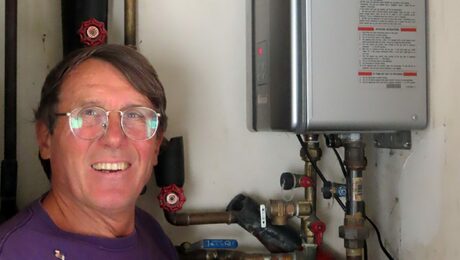
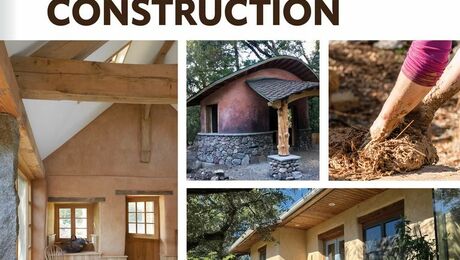
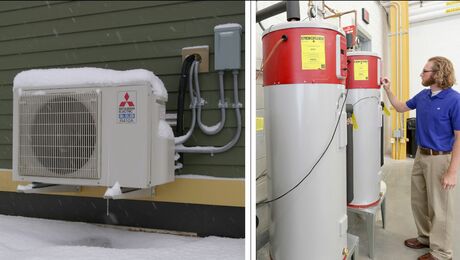
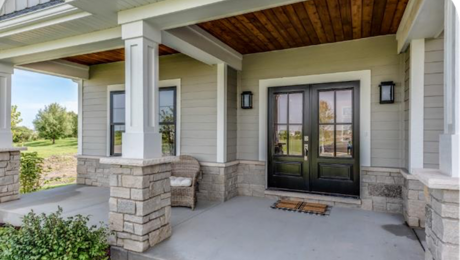
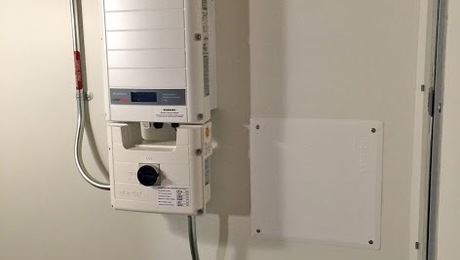

Replies
Roger,
Check out these resources:
To Install Stucco Right, Include an Air Gap
Also -- the posted comments at the bottom of this blog:
Where Does the Housewrap Go?
In fact, I was just reading that thread before coming back here, and it was helpful, thanks!
A follow on question, we're going to go with 'innie' windows, but the tyvek has already been added to the OSB, should this layer be removed, the rigid foam applied, and then the tyvek added (we haven't added the rigid foam yet)? Or, should we just leave the tyvek over the OSB, and then add another layer above the rigid foam?
Update: Reading on this more, I think the tyvek is in the right place already (on top of the OSB).
The Housewrap is in the right place but remember that the stucco lathe, steel or fiberglass, generally needs to be fastened 6" on center each way and needs weep screed at the bottom of the wall to allow the water that gets through the stucco to escape. and a weep screed at the top is also a good idea.
http://amico-lath.com/stucco/foundation_weep_screed.htm
Weep screed generally is applied first, in your case over the foam at the top and bottom of the wall and over your window and door flashing detail. If the wall is two stories you will likely want to connect the heads of the first floor windows and doors with an expansion channel and typically you will also want a corner screed at the outside corners. Vinyl is less likely to be damaged during installation than galvanized steel for these products.
http://amico-lath.com/stucco/control-joint.htm
http://amico-lath.com/stucco/cornerbead.htm
After these items are attached it is traditional to install two layers of tar paper to provide a drainage channel to direct water into them from behind the stucco and then the lathe.
I strongly prefer Spider Lathe rather than traditional galvanized steel lathe
https://www.greenbuildingadvisor.com/blogs/dept/green-building-blog/fiberglass-lath-works-better-metal-and-wont-rust
https://www.greenbuildingadvisor.com/homes/nc-home-grabs-five-green-ratings
Michael
I'm not following your recommendation to apply weep screeds at the top of the wall ("and a weep screed at the top is also a good idea"). I've never seen weep screeds anywhere except at the bottom of a wall.
I also believe 2 layers of Grade D paper are required behind stucco, not sure "tar paper" qualifies, assuming you are referring to roofing felt or building paper. Here is an explanation of the various types of building paper. http://www.fortifiber.com/pdf/fortifacts/fortifacts_ask_vs_felt.pdf
To answer the original question, I prefer plywood or Zip Wall over OSB, I would also want some type of housewrap (I use Tyvek) over the plywood before foam is installed. Then 2 layers of Grade D paper over the foam, then stucco.
As Michael mentioned lath fasteners are required 6" OC, so I would pay close attention to how lath is fastened over 1" foam. Instinctively, I like more holding "meat" than 1/2" plywood sheathing, might consider 5/8" when using 1" of foam.
Martin recommends furring strips to create an air space.
Allan
I also have always just put the weep screed on the bottom of the wall but this suggestion goes back to an e-mail from Dr Joe and John Straube about the critical impact of the top vent to drying and figuring that it wouldn't be all that expensive to add a top weep screed to allow air to enter at the top or moisture to depart.. The Spider Lathe makes a great channel from top to bottom along the sides of the gaskets so it seems a reasonable thing to give it connection to the outside air at both ends. Thus the suggestion that a weep screed at the top would be a good idea. Cheap, a good parting bead at the rafter blocking, and it seems likely to help promote drying.
Michael
Given the way a weep screed is designed, I think there may be a better way to vent from the top of the stucco. Not sure what that is. Generally there is some type of frieze board (usually ¾” or so) that the stucco butts up against, I am trying to imagine a good detail and the correct vent that would make this work. And also look suitable.
As to the need or benefit of this, I guess it makes sense, I’ve just never seen it done. My question would be if you don’t do it is the water impeded from flowing down to the exit point (weep screeds).
A real question I have is if one uses a proper mix of 3 coat stucco (7/8” thick), using a rich mix, with proper flashing, and painted using elastomeric paint, how much water/vapor/moisture actually travels through stucco when it is fully saturated during a several day rain event. Since stucco is being used more and more in the major Sun Belt markets, where 85% of new homes are being built, seems like more study is needed from the Building Science community.
Allan